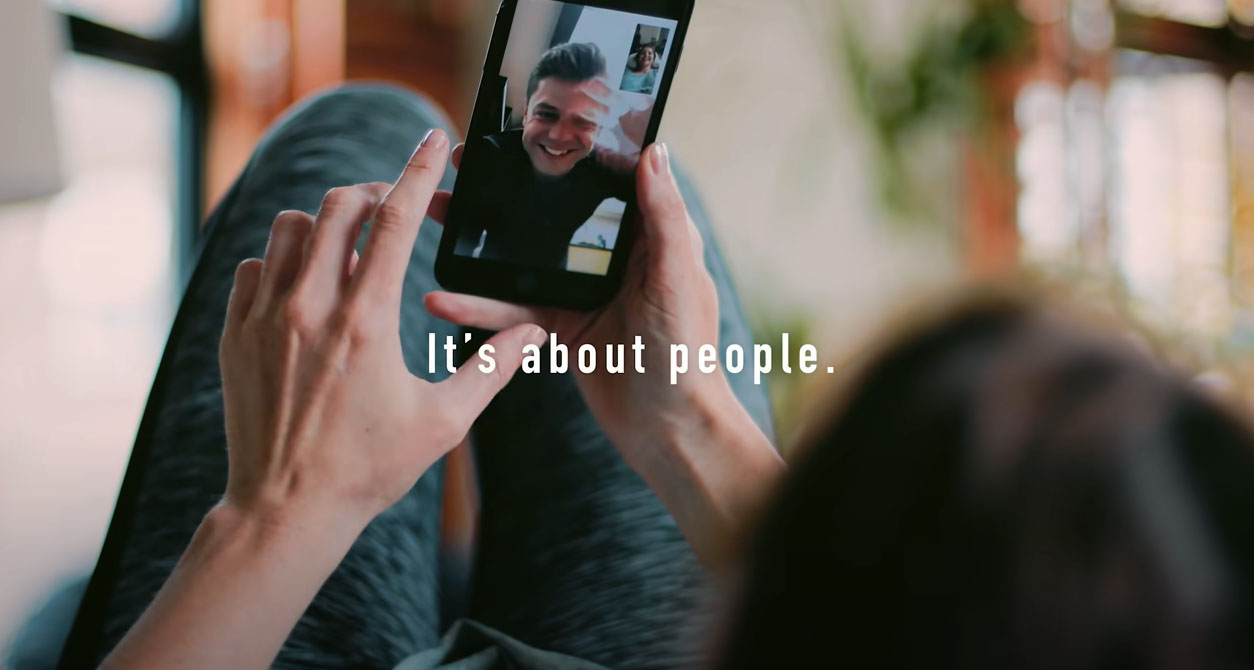By Eileen Jones, IIDA, SEGD, AIGA, LEED AP: Principal, Branded Environments Global Practice Leader
As our lives continue to change during COVID-19 and we look towards a return to “normal” – whatever and whenever that may be – it’s important to remember that brand experiences and how they are designed are integral to making us feel human. Technology can connect us when in-person contact is impossible, but our innate need to be physically present with one another at work, school, and social gatherings doesn’t go away. In times of distance, brand and experiential design can work in tandem with the human spirit to move social connection forward.
When restoring these connections in a post-COVID society, brands will need lasting qualities to build trust with users, or all those who encounter and interact with a brand. Ultimately, this will determine which brands survive and what new experiences emerge.
So what’s required of a brand in a post-COVID world? As never before, the following five qualities will drive brand success in the future:



